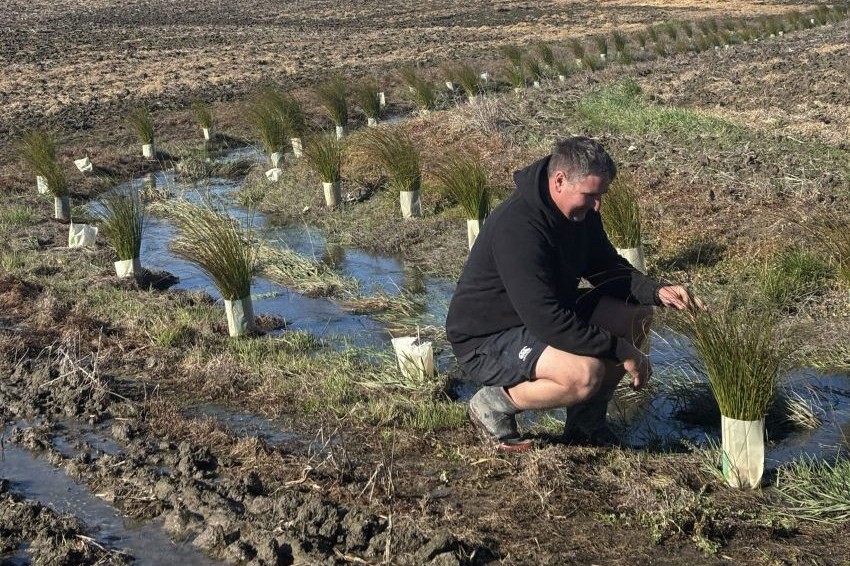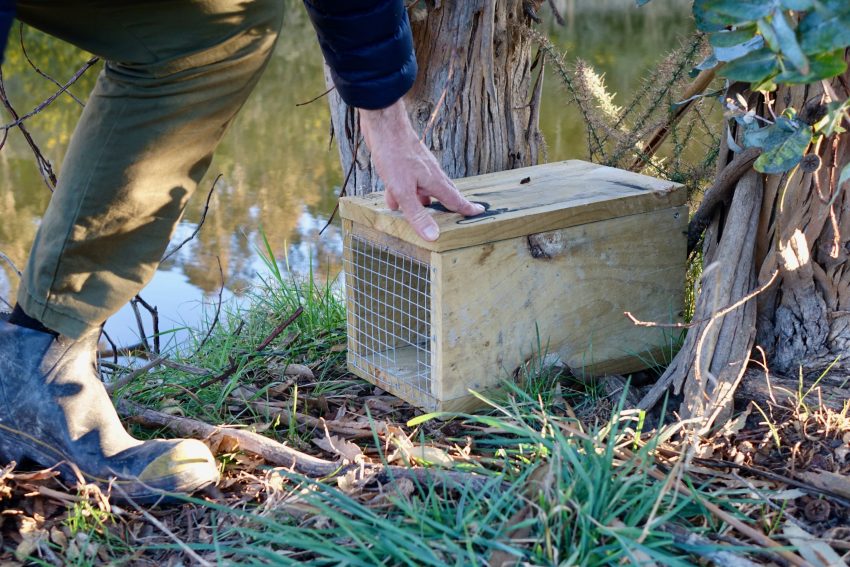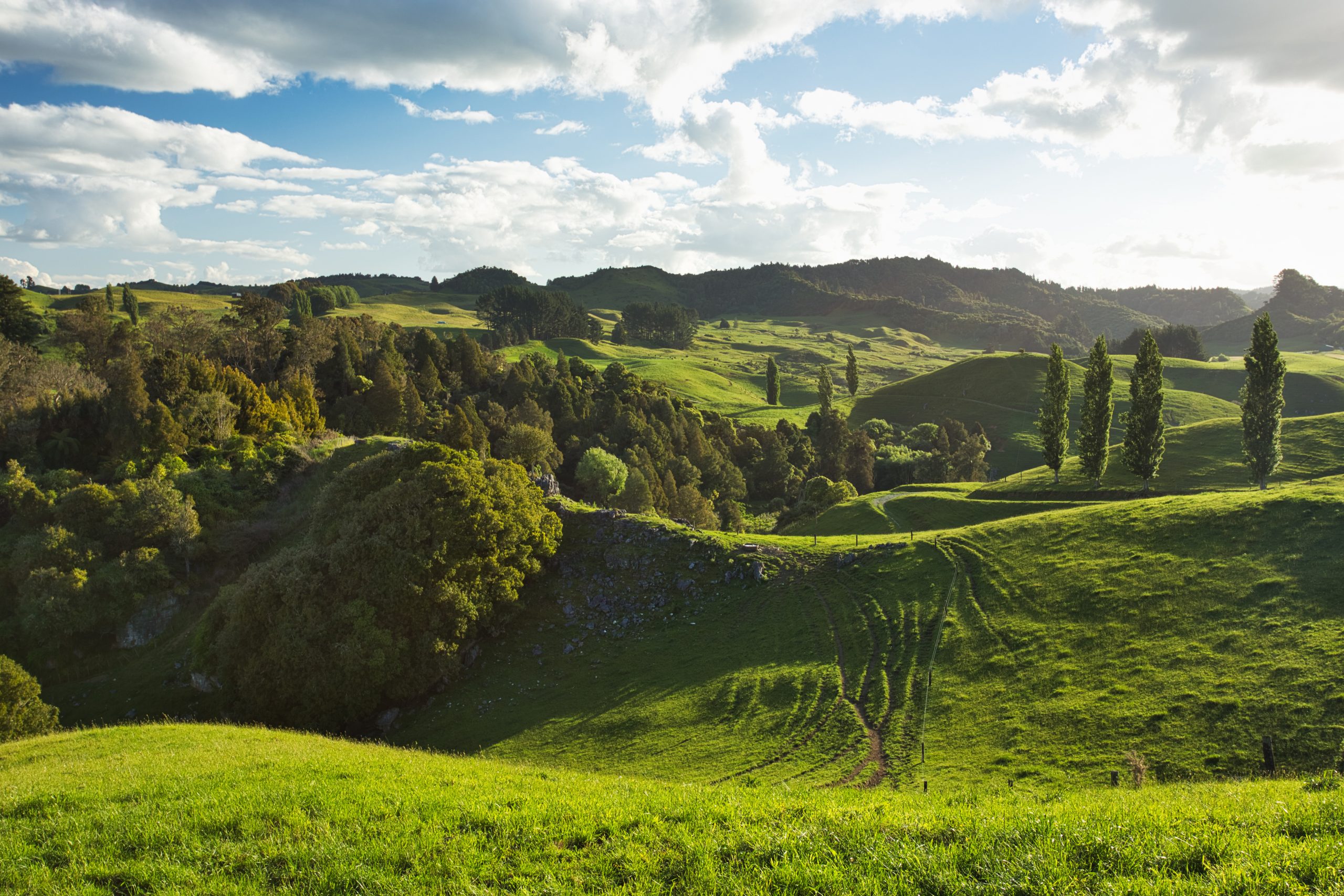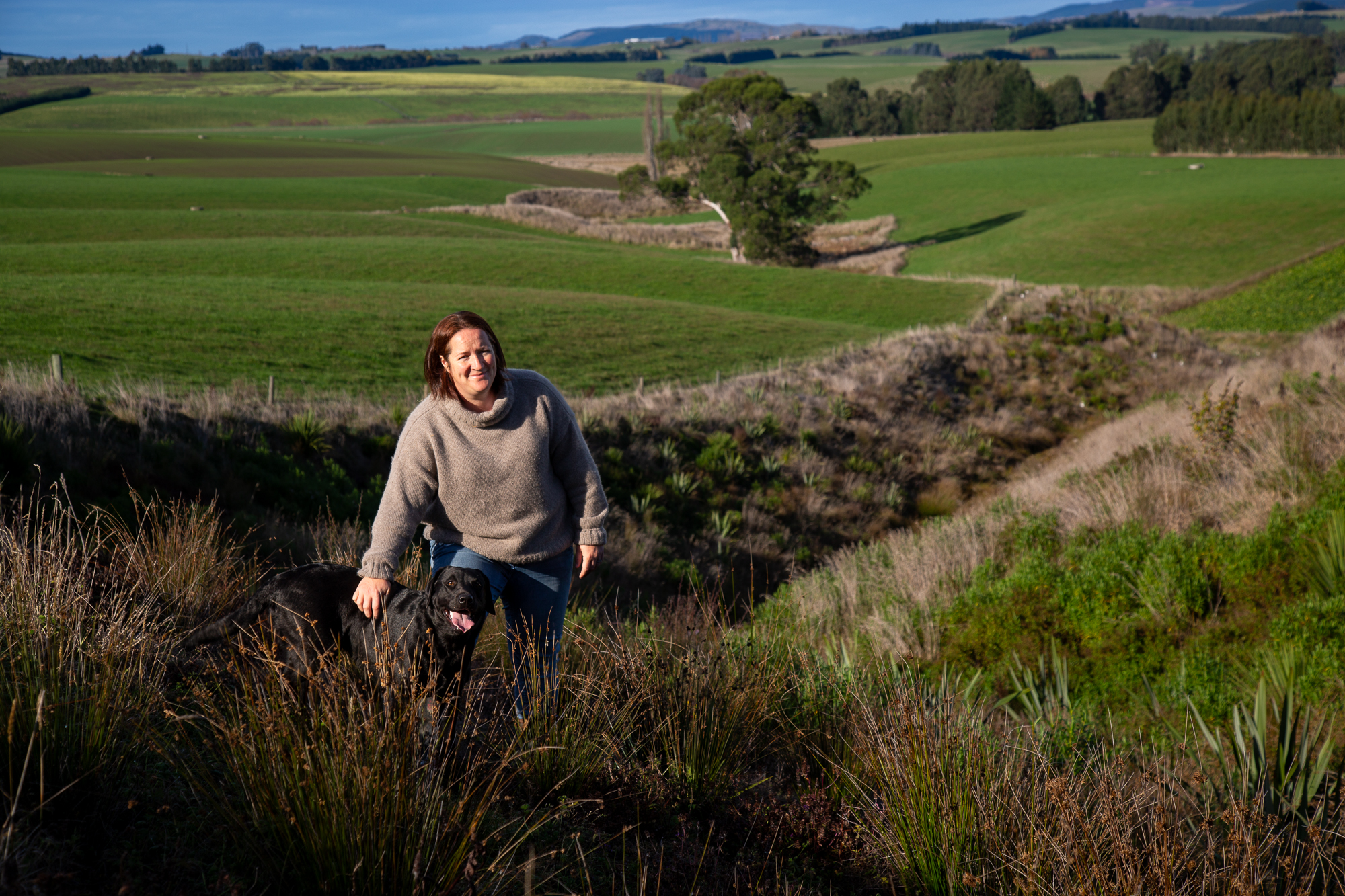Rules and regulations summarised
Anyone new to New Zealand or observing us from afar could be forgiven for wondering what is happening with farming regulations here. Many farmers are struggling to keep up with the growing number of regulations, requirements, policies and promises. James Hoban summarises the most prominent changes and where they have got to on the policy conveyor belt.

FRESHWATER MANAGEMENT
The National Policy Statement for Freshwater Management drives regional and catchment direction and will be implemented in regions over years. It is the framework that the Government uses to instruct regional councils in setting their own local rules.
STOCK EXCLUSION
In 2020 the Government introduced regulations to exclude pigs, cattle and deer from water bodies. The regulations apply to wetlands, lakes and streams more than one metre wide. Dairy cattle, dairy support cattle and pigs must be excluded from the waterways regardless of the terrain. The same applies to break-fed beef cattle and deer and irrigated land. Otherwise beef cattle and deer are only included if they are on “low slope land”.
The same year, the Government produced a map showing low slope land, which was laughably inaccurate and relied on land parcel boundaries. After widespread criticism, the map was reviewed and an updated version released in 2022. The new map has removed the link to land parcels and while it is more accurate, it is far from perfect.
It identifies areas of land less than 5 degrees as low slope land and also highlights land between 5 and 10 degrees. The low slope land is included in the rules while the 5–10 degree slope land is where the Ministry for the Environment says stock exclusion from waterways is “also likely to be practical and advisable”.
The rules also include a setback distance of three metres from the beds of lakes and rivers but does not require farmers to replace fences that were already there on September 3, 2020.
These rules also include specific restrictions around stock crossings, bridges and culverts.
INTENSIVE WINTER GRAZING
After several years of increased public scrutiny, many farmers across the country now trigger rules requiring them to apply for resource consents. This is after two postponements.
The Government has attempted to draft higher risk-intensive winter grazing scenarios into a consented framework and let lower risk activities continue without the costly paperwork. The rules apply to annual forage crops grazed in-situ between May 1 and September 30. The following conditions need to be met to avoid the need for resource consent.
Critical source areas
need to be identified and carefully managed – this includes not sowing them in crop and not grazing them during winter. Fencing around these areas can be temporary. Critical source areas are low points where water and potentially nutrients and other pollutants accumulate in high concentrations and flow to waterways.
- Slope of cropped areas needs to be below 10 degrees. If there is an area in winter feed that is greater than 10 degrees, measured across a distance of 20m, then technically a consent is required.
- Waterways should be protected from stock, with a minimum of 5m buffers.
- The total area of winter crops needs to be under 50ha or 10% of the farm area (whichever number is greater).
- The area of winter crops needs to be no more than the maximum used on the farm between June 2014 and July 2019. The farm needs to have been winter grazing during that time. This clause is designed to capture expansion and new winter grazing.
Thankfully, the challenging draft rules around pugging and sowing dates after winter were eventually removed. These were largely unworkable – potentially requiring sodden paddocks to be drilled and stock to leave no footprints. It is important to remember that being on the wrong end of these rules does not mean winter grazing has to stop – it just means a consent is needed.
ENVIRONMENTAL STANDARDS
The various national environmental standards are designed to address practices that pose a risk to freshwater. They cover a range of topics including wetlands, urban streams, fish habitat, feedlots, nitrogen fertiliser use and most prominently, intensive winter grazing. These are national rules – in place now.
BIODIVERSITY
The National Policy Statement for indigenous biodiversity is seen by some experts as the most daunting of all the pieces of wisdom built by the Government in recent years. It is under development after consultation on a draft in 2019 and 2020. In 2022, Environment Minister James Shaw released an exposure draft to selected interest groups. This draft had responded to earlier feedback and was open for further response until July 21st, 2022. Since then, the masses had been waiting nervously for an updated version which eventually landed via public announcement in July. The new version is not different enough to the earlier draft to please landowners. There is still a major emphasis on district authorities having to identify Significant Natural Areas (SNAs). Critics have always maintained that this approach sees millions wasted on identifying areas rather than invested in meaningful action, protecting or enhancing biodiversity. SNA is a controversial term which will raise the hackles of many experienced farming advocates.
This draft is littered with challenges around privacy, access, accuracy, interpretation and cost. Historical controversies with SNAs remain in many memories.
HE WAKA EKE NOA
In 2019, the Government agreed to a proposal from the primary sector to develop a system for reducing agricultural emissions, rather than pricing them in the Emissions Trading Scheme (ETS). The agreement included the industry having to meet certain milestones, with the omnipotent threats of the ETS and a Government not impressed with heel-dragging looming over them. Since then, He Waka Eke Noa (He Waka) has been through public consultation periods and caused considerable division within and between farming sectors.
Reaction to it largely drove the removal of Beef + Lamb NZ’s former chair Andrew Morrison after dissatisfied levy payers voted him out.
Billed as the industry-constructed saviour for farmers, an alternative to the crippling ETS, He Waka has failed to deliver. Instead of achieving farmer buy-in, it has galvanised a response where large numbers are vehemently opposed to the industry’s proposal.
At the time of writing, the Government continues to cling to He Waka and maintains an industry-led scheme is still alive and implementable. This is despite the Minister for Primary Industries Damien O’Connor straying from his lines and publicly mentioning an alternative fertiliser tax. Minister Shaw and Prime Minister Hipkins appear to be keeping their political capital invested in He Waka. While Hipkins has been trying to hose down the flames of a ministerial bonfire, the opposition National Party has promised their idea of a red-tape-free El Dorado for farmers.
A neck-and-neck October election is predicted. Farming industry leaders involved who have shown themselves previously to be divided over He Waka, are trying to balance the opinions of their levy payers and members with the need to be able to work constructively with either party post-election. Do they cling to a controversial policy in the expectation that Labour will be back in power? Or do they write Hipkins and co off as a sinking ship and distance themselves to avoid getting tangled in the anchor chain?
ZERO CARBON
Despite ongoing debate about emissions pricing, New Zealand’s commitment to reductions is time-bound and set in law. Our domestic targets are:
- net zero emissions of all greenhouse gases other than biogenic methane by 2050, and
- 24% to 47% reduction below 2017 levels of biogenic methane emissions by 2050, including a 10% reduction by 2030.
Despite National promising to scrap He Waka and restart negotiations if it gets into government, the party has also stated it remains committed to the 2050 ‘Net Zero’ targets.
EMISSIONS TRADING SCHEME
The ETS is touted as the Government’s main tool for reducing greenhouse gas (GHG) emissions. Farming leaders have argued that if agriculture was fully included in the ETS as it stands, farmers would effectively face a net zero target for methane. This would link the methane price to the carbon price and result in a more costly impact for farmers than He Waka. It is worth noting that this argument was especially compelling when the carbon price was beyond $80/tonne and expected to soar. Since then, Government announcements and indecision have seen this drop back and hang stubbornly around the mid-$50/tonne mark.
He Waka has been built on a split-gas approach which treats methane as special in an attempt to make emissions pricing for farmers fairer and survivable. Unfortunately even the He Waka proposals were predicted to put as many as 20% of sheep and beef farmers out of business.
Wholesale farm conversion to permanent pine forests has been a hot topic for several years and recent cyclone damage has heightened anxiety. When former minister Stuart Nash pushed for exotic species to be excluded from the ETS permanent forest category he created a backlash from politically powerful owners of land with forest potential. These changes were undone, but with further review underway and political uncertainty abounding, the carbon price remains subdued.
The Government wants more indigenous permanent forest, but this is prohibitively expensive to establish and slower at sequestering carbon than exotic species. A range of interests want to see productive farmland kept out of permanent forest but farmers facing eventual emission pricing will likely need strategic areas of planting to stay in business. Despite reigning ambiguity, the smart money is on change that sees trees incorporated with livestock farming, with restrictions around land classes and the scale of planting.
FRESHWATER PLANS
If it seems like an overwhelming bombardment of policy is taking aim at farmers, that is because it is. Imminent freshwater farm plans are sometimes referred to as a solution to the complexity and breadth of new rules. These plans will involve independent consultants helping farmers at a cost, as well as audits, also at a cost. While recent announcements around the new plans have answered some questions, the future is still not entirely clear.
- What is obvious is that the new farm planning regime is going to create a higher cost of compliance for most farmers. It will take farmers and their advocates time to digest the requirements and as usual the devil will be in the detail.




